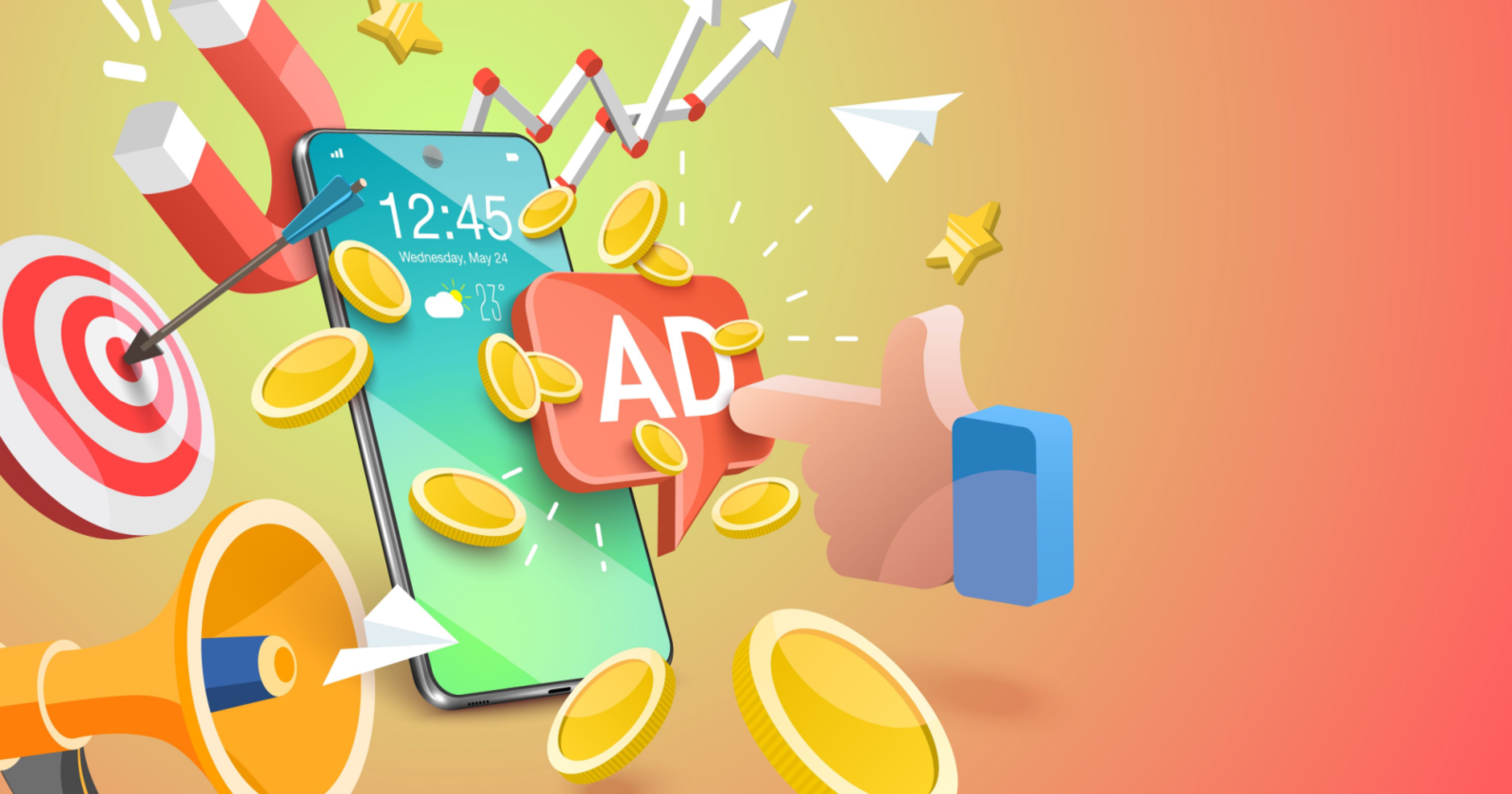Have you ever watched a review from your favorite online creator and wondered how they get their hands on so many new and interesting products? The process is a fascinating mix of relationship-building, strategic partnerships, and entrepreneurial spirit, all designed to connect brands with audiences in an authentic way.

One of the most foundational methods for getting products into a creator’s hands is through direct gifting, often called "seeding" or sending a PR (Public Relations) package. This is a common practice in the U.S., where brands identify online creators, bloggers, and influencers whose audience aligns with their target customer. They then send a thoughtfully packaged product for free, with no formal strings attached.
Think of it like a local bakery giving a complimentary box of their best pastries to a popular neighborhood coffee shop. The bakery hopes the coffee shop owner will love them, maybe put a few on the counter for customers to sample, and tell people where they came from. In the digital world, a new makeup brand might send its latest eyeshadow palette to a beauty YouTuber. There's no requirement for the YouTuber to feature it, but the brand is banking on the quality of their product and the creator's genuine excitement. If the creator loves it, they might use it in a tutorial or give it an honest review. This strategy is powerful because it leads to authentic endorsements. The "unboxing" videos that are so popular online are often the direct result of a well-timed PR package, capturing a creator's real-time, first impression.
This method is one of the most widespread and sustainable ways for online advertisers to promote products. Affiliate marketing is essentially a commission-based partnership. A creator signs up for a company's affiliate program and receives a unique, trackable link for products they want to recommend. When a member of their audience clicks on that special link and makes a purchase, the creator earns a small percentage of the sale.
Imagine you're at a party and a friend compliments your new jacket. You tell them which store you bought it from. In the online world, affiliate marketing is the digital version of that, but with a referral fee attached. For example, a tech reviewer who writes a blog post on "The Best Laptops for College Students" will include affiliate links for each recommended laptop. If a student reads the review, clicks a link, and buys a laptop, the reviewer gets a commission for guiding them to that purchase. It doesn't cost the buyer anything extra, but it provides a source of income for the creator, rewarding them for their research and expertise. This model is incredibly popular for everything from fashion and home goods to software and online courses.
Some online advertisers move beyond promoting other companies' products and decide to build their own brand, but without the hassle of managing inventory. This is achieved through models like dropshipping or print-on-demand. An advertiser will set up their own e-commerce website and list products for sale, but the products themselves are stored and shipped by a third-party supplier.
Think of it like an art gallery that sells prints of a photographer's work. The gallery displays the photos and takes the orders, but the actual prints are made and shipped by a professional printing lab only after an order is placed. The gallery never has to store hundreds of prints. Similarly, a graphic designer can create an online store to sell t-shirts with their custom designs. They partner with a print-on-demand company that handles all the printing, packing, and shipping. When a customer buys a shirt, the order goes directly to the printing company, which sends the final product to the customer. The designer's profit is the difference between their selling price and the printing company's cost. This allows advertisers to become business owners with minimal upfront investment.
For creators who have cultivated a large and highly engaged audience, brands are often willing to pay for a guaranteed feature. This is known as a sponsorship or a direct partnership. Unlike gifting, where a feature is only hoped for, a sponsorship is a formal business deal. The brand pays the creator a flat fee in exchange for creating specific content that includes their product. This could be a 60-second integration in a YouTube video, a series of Instagram Stories, or a dedicated blog post.
This is similar to how a well-known chef might be paid by a cookware company to use their pans in a cooking show. The company wants the guaranteed exposure and the association with a trusted expert. An online creator with a large following in the fitness space might be paid by a health food company to feature their protein powder in a "What I Eat in a Day" video. These deals are based on the creator's influence and the trust they've built with their audience. The most successful sponsorships are those where the product is a natural fit for the creator's content, so the promotion feels helpful and authentic rather than like a disruptive advertisement.
The journey of a product from a brand to your screen is a dynamic one. It can start with a simple, hopeful gift, evolve into a mutually beneficial commission-based partnership, or culminate in a high-value sponsorship deal. For online creators and advertisers, it’s a continuous process of discovering new things, building credibility with an audience, and finding the right partners. Ultimately, all of these methods share a common goal: to bridge the gap between a product and a potential customer in a way that feels genuine, interesting, and trustworthy.